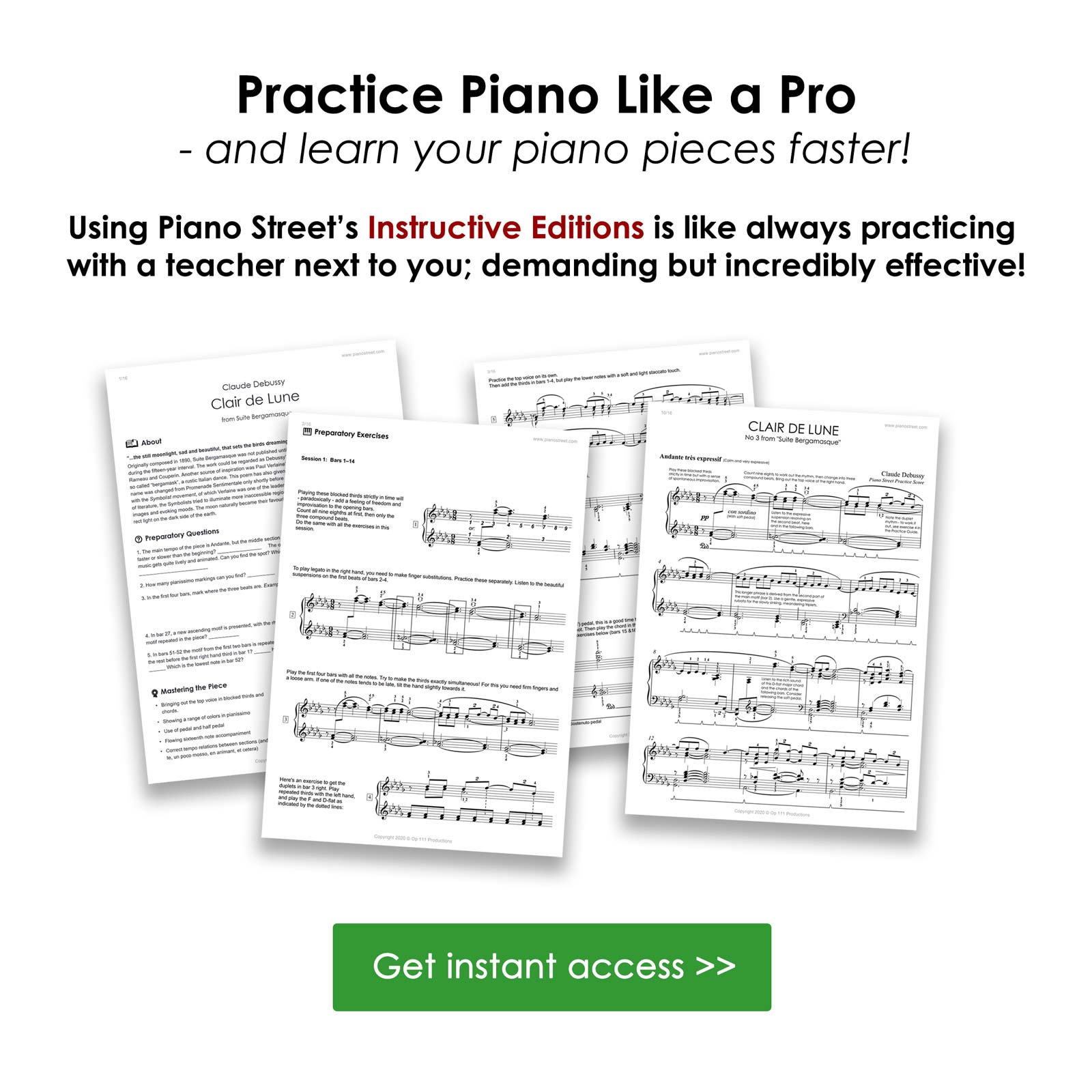Piano Forum
Piano Street Magazine:
Bringing Florence Price Back to Life: An Inside Look with Pianist Han Chen
A new recording of Florence Price’s Piano Concerto shines new light on the pioneering composer’s legacy. In this interview, Piano Street talks to pianist Han Chen, who reflects on Price’s fusion of Romantic and African American idioms, and the personal journey of interpreting her music for modern audiences. Read more
Pages: [1] Go Down
Pages: [1] Go Up
For more information about this topic, click search below!
 Topic: An optimized Hanon, the solution to the controversy whether Hanon is useful?
Topic: An optimized Hanon, the solution to the controversy whether Hanon is useful? 